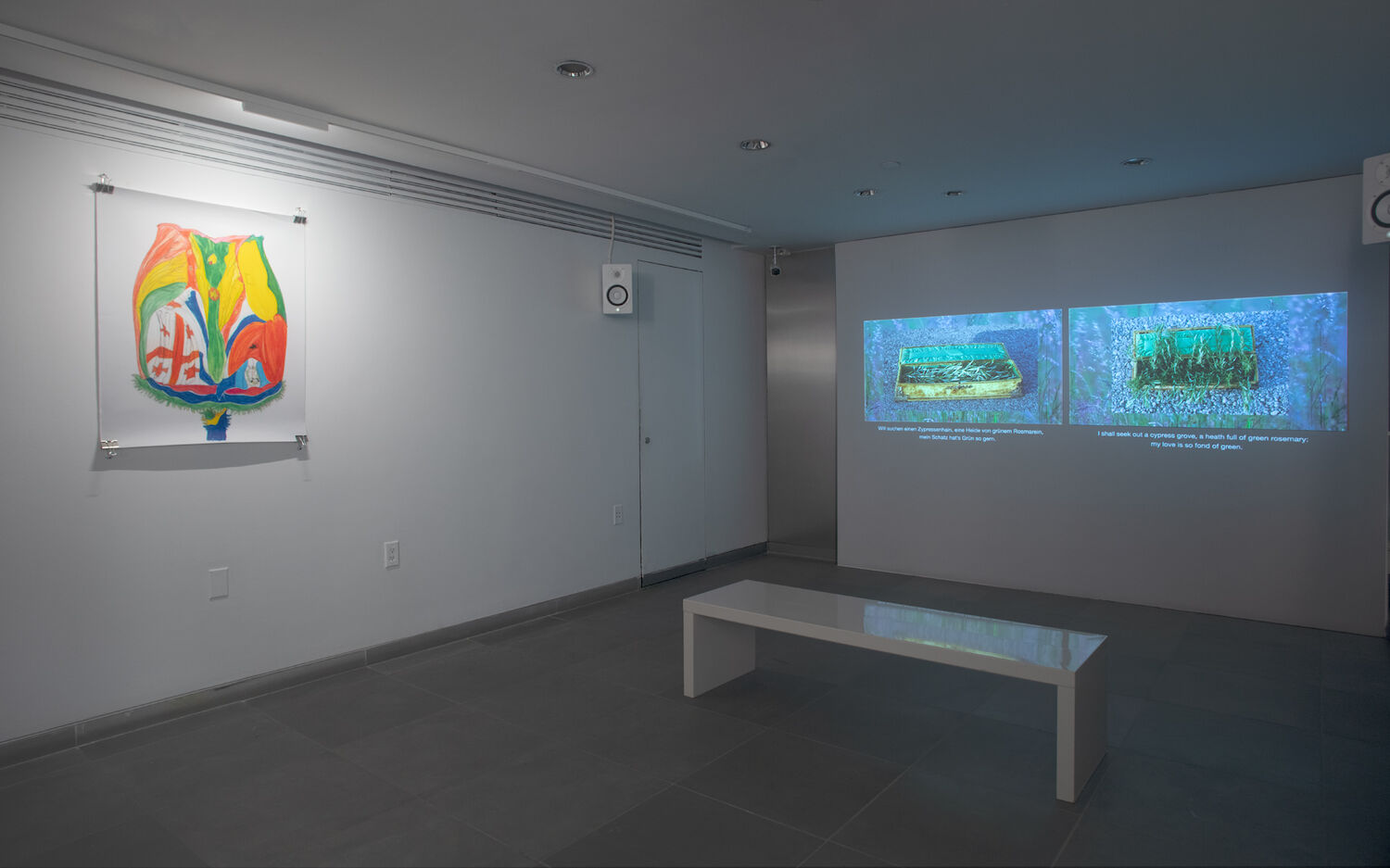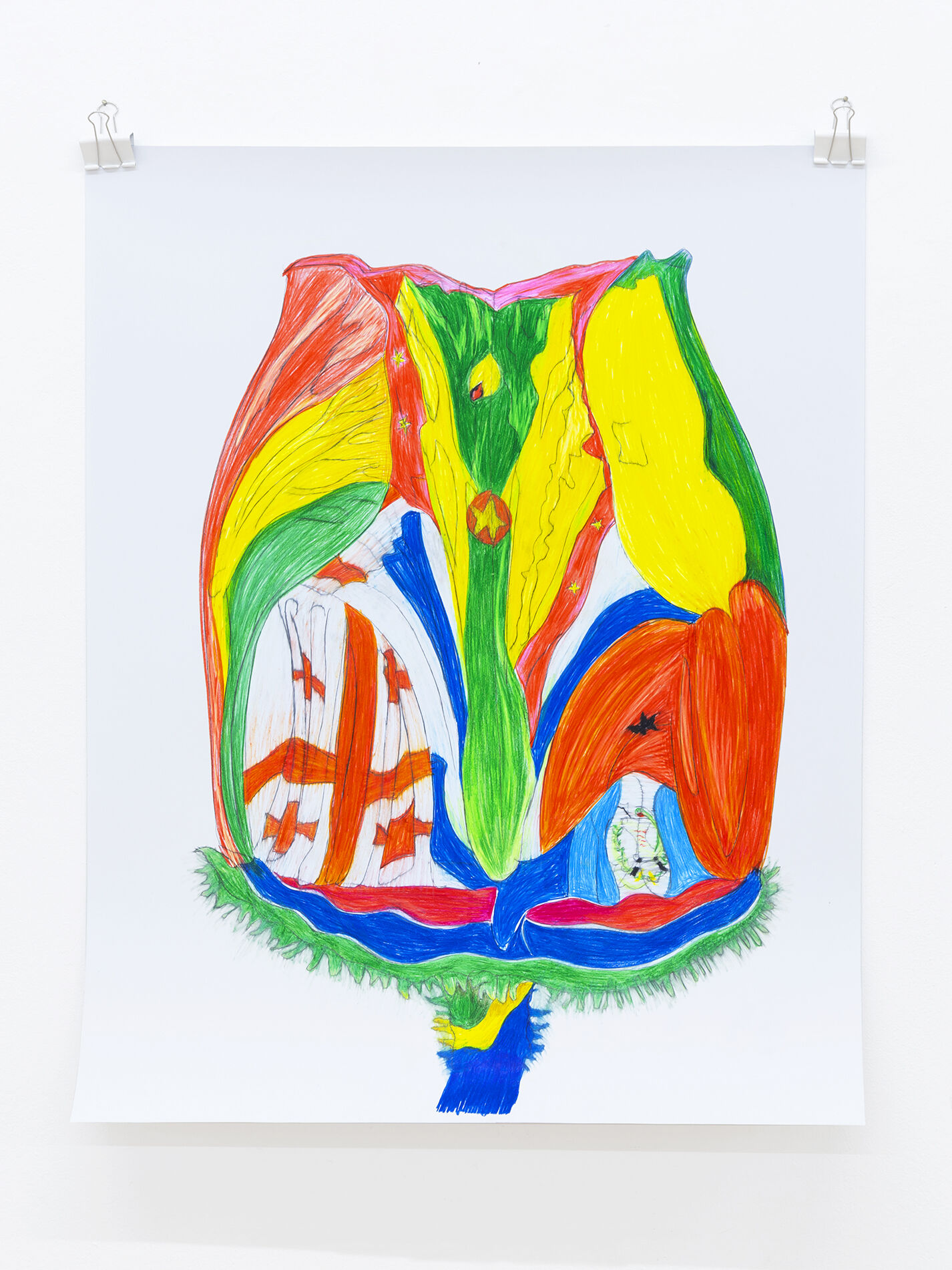
AUSTRIAN CULTURAL FORUM | NEW YORK CITY
TOUCH NATURE | FLAG 8
Opening: October 5, 2023, 7 pm
Exhibition: October 6, 2023 - February 25, 2024, daily from 10am-6pm
Location: Austrian Cultural Forum New York, 11 East 52nd Street, New York
Curator: Sabine Fellner
Co-Curator: Stephanie Buhmann
-> www.acfny.org
-> Flag 8
Seeking to explore the role of art in addressing the ongoing and increasingly severe ecological crisis, Touch Nature features a diverse selection of contemporary artists from Austria and the United States. Together, they engage in a dynamic dialogue that explores the impact of human activity on the environment and climate.
However, takes on these subjects are faceted. In expressing their grievances, for example, some positions advocate activism while others describe new utopias. Whereas some artists explore the exploitation of landscapes for economic gains, others zoom in on the global consequences of current consumer behavior or the commodification of waste management. Many confront pressing issues, such as global food systems, the spread of epidemics, and the legacy of colonialism, while others draw inspiration from the restorative qualities of nature and its definitive role in various mythologies.
Overall, Touch Nature aims to initiate and foster a discussion that encourages a shift in perspective. By envisioning a new relationship between humans and nature, one rooted in mindfulness and sustainability – in short a respectful approach to the environment -the exhibition embodies the spirit of the German scientist Alexander von Humboldt (1769-1859), a pioneering figure in ecological thinking and founder of climatology, ecology, and oceanography, who famously believed that nature must be experienced through feeling.

 Artists included (selection):
Artists included (selection):
Uli Aigner, Edward Burtynsky, Petah Coyne, Mark Dion, Ines Doujak, Titanilla Eisenhart, Michael Endlicher, Dorothee Frank / TIME GATES, Peter Hauenschild, Barbara Anna Husar, Kevin King, Kitty Kino, Christiane Löhr, Yvonne Oswald, Monika Pichler, Klaus Pichler (in collaboration with Maren Jeleff and Martin Kirchmair), Margot Pilz, PRINZpod, Luisa Rabbia, Oliver Ressler, Ursula von Rydingsvard, Gregor Sailer, Marielis Seyler, Elisabeth von Samsonow, Martin Schrampf, Rebecca Smith, Betsy Weis, Nives Widauer, Laurent Ziegler and Balint Zsako.

Gabon ![]() with Gambia
with Gambia ![]() , Guinea-Bissau
, Guinea-Bissau ![]() , Finland
, Finland ![]() , Grenada
, Grenada ![]() and Georgia
and Georgia ![]()
Uli Aigner 2019 | 100 x 77 cm | Colored pencil on paper
FLAGS | EVERY POPULATION IS A MULTINATIONAL ORGANISM
This is the title of the approximately 30-part series of medium and large-format colored pencil drawings (along with their digital reproductions) that I began working on in 2019. The total of 206 national flags, according to an alphabetical list of the United Nations, are transformed into speculative forms in my drawings, representing a dream: an anti-hierarchical cooperation of all states, stemming from the factual observation that every population is a multinational organism.
Conversely, there is the nightmare that could materialize in the physical coexistence of all life on this planet, akin to the 2018 film "The Extinction" by Alex Garland—an idea challenging our comprehension. Natural sciences inform us that bacterial strains are constantly changing people, plants, and animals.
Quantum physics teaches us that there are no autonomous particles or bodies in the true sense. The theories of independent scientist, environmentalist, and futurist James Ephraim Lovelock (The Man Who Named the World, 1990) and the theories of sociologist and philosopher Bruno Latour (ANT – Actor-Network Theory) forcefully introduce an expanded understanding of the possibilities of our planet and all life. The philosopher and literary scholar Armen Avanessian also formulated a speculative realism.
With my series FLAGGEN, I present a speculative surface. In my drawings, I assert that nationhood is an obsolete system of order, akin to a tattered dress lying over a destructive yet renewing planet. While these nation-state garments are maintained by state violence, I weave other narratives into this dress.
My aim is to create anti-chauvinist images. In the large-format drawings, 5-10 national flags are combined in alphabetical order to form organic structures. My first FLAGS (Nos. 1-12) reference the plant photographs by Carl Blossfeldt. At the end of 1920, he published his manipulated plant photographs ("Urformen der Kunst und Wundergarten der Natur"). I counter Blossfeldt's idea that the construction of plants teaches what the ideal state should look like with the current facts of the multinational body politic. As an artist of the "New Objectivity," Blossfeldt was also accused of having paved the way for National Socialism.


